
I may be a day, (or 24 days), late and a dollar short for the April A to Z Blogging Challenge, created by Tossing It Out, but I wanted to participate anyways. My challenge will include discussing book related things, for each letter of the alphabet. ALL AT ONCE!
A is for Adult Fiction!
Adult fiction usually deals with adult themes, such as marriage, work, infidelity, and divorce. It may or may not have erotic content. When some people hear “adult”, they may assume it has adult, or erotic content. However, it is generally fiction about adults, and marketed towards adults.
Popular Adult Fiction titles include:




B is for Biography!
Biographical books are an account of someone’s life, written by someone else. When the book is written by the person that the bio is about, it is called an autobiography, or memoir.
Popular Biographies:
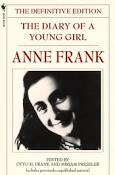



C is for Chick Lit!
One of my favorite genres, chick lit is fiction that appeals mainly to women. Often humorous, and light-hearted, having a romantic or sentimental theme, chick lit is often written in first-person which makes it easy to connect to the protagonist.
Popular Chick Lit titles include:
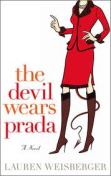



D is for Disaster Fiction!
Disaster fiction is about ongoing natural disasters, or plagues of epic proportions. End of the world themes are common in disaster fiction. The disasters can be either natural or man-made.
Popular Disaster Fiction titles include:




E is for Erotic Fiction!
Erotic fiction spans a multitude of genres, including romance, science-fiction, horror, poetry, fantasy, and more. Erotic fiction can be divided into two categories: erotica, and erotic romance. In erotica, the focus is on the sexual journey of the characters, and how this impacts them as individuals. With erotic romance, the focus is on the development of the characters romantic and sexual relationship. A happily ever after is a MUST! -Unlike with erotica. Sex, of course, is a must in erotic fiction.
Popular Erotic Fiction titles include:




F is for Fantasy!
In fantasy books, characters may have supernatural powers or magical abilities. The setting is generally in an alternate universe, but the characters may co-exist in a modern setting. There are several sub-genres: high fantasy, comic fantasy, and dark fantasy.
Popular Fantasy titles include:

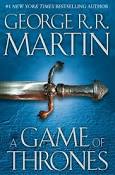


G is for Gardening Books!
Gardening and horticulture books offer expert gardening advice. Plain and simple!
Popular Gardening books include:




H is for Horror!
Horror fiction is meant to frighten the reader. Often dark themed, horror fiction infuses the supernatural into everyday experience. Sometimes gruesome, morbid, and suspenseful; horror fiction has a frightening theme meant to scare.
Popular Horror Fiction:




I is for Indie Books!
Indie books are books published outside mainstream, or traditional book publishing. The author has full rights over their work. I’ve read a lot of excellent independently published books.
Popular Indie Books include:




J is for Journalism!
Generally written for magazines and newspapers, journalism focuses on investigating and reporting on current events.
Popular journalistic work includes:
- John Hersey. “Hiroshima.” 1946
- Rachel Carson. “Silent Spring.” 1962
- Bob Woodward and Carl Bernstein. Watergate investigations for the Washington Post. 1972-73
- Edward R. Murrow. “This is London . . .” radio reports for CBS on the German bombing of London. Also collected in book form. 1940 –https://www.nyu.edu/classes/stephens/Top%20100%20page.htm
K is for Kindle!
The Amazon Kindle is an electronic reading device where you can read, download, and store all your favorite books, electronically!
Here are some popular Kindle readers:

L is for Literary Fiction!
Literary fiction is classified as fictional books that hold real literary merit.
Examples of popular Literary Fiction titles include:




M is for M/M Romance!
M/M romance, or male on male romance, is a romance sub-genre that has recently exploded in popularity. I had never heard of m/m romance before, and in the past year I have received at least 4 titles that were m/m romance to review! It is different from gay romance in the sense that it is generally written by women, and marketed towards other women.
I personally am alright with M/M romance as long as the protagonists aren’t teenagers! Then it just skeeves me out! ESPECIALLY if there is sex involved… I. just…can’t.
Popular M/M romance titles include:




N is for Non-Fiction!
Non-fiction is a story based on facts and reality. Examples of non-fiction are biographies, history, health, etc.
Popular non-fiction titles include:




O is for Offbeat!
Offbeat or quirky fiction is a relatively new genre that is exactly what it sounds like. Stories are a little different, offbeat, and quirky.
Popular Offbeat/Quirky titles include:




P is for Paranormal Romance!
Paranormal romance has exploded in its popularity recently and while both a sub-genre of romance and speculative fiction, it deserves a mention! Paranormal romance blends romance with the supernatural. It is one of the best selling sub-genres in the fantasy and science fiction worlds.
Popular Paranormal Romance titles:

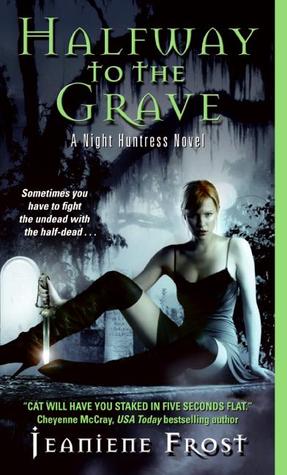


Q is for Queer Fiction!
Queer or LGBT fiction isn’t a genre in itself, but rather a reading interest. You can walk into any major chain bookstore and find a ‘Gay and Lesbian’ section.
Popular Queer fiction titles include:
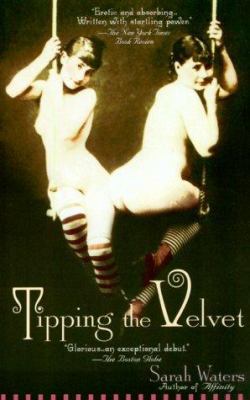



R is for Romance!
Another favorite genre of mine, romantic fiction focuses on the romantic relationship between two people, and must have a happily ever after. I associate romance with the popular publisher Harlequin. Romantic fiction may or may not contain erotic elements.
Popular Romance books include:


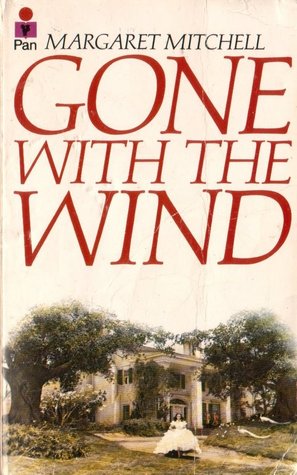

S is for Science Fiction!
Science fiction deals with futuristic settings and themes, and speculative science and technology of the future. Time and space travel are common themes in science fiction stories.
Popular Science Fiction titles include:




T is for Thriller!
Thriller books are often associated with war fiction, spy fiction, adventure, and detective fiction.




U is for Urban Fantasy!
Urban fantasy is a sub-genre of fantasy that takes place in an urban setting.
Popular Urban Fantasy titles include:




V is for Vampires!
Vampire books are concerned primarily with the subject of vampires. There are a TON of vampire books on the market. Teen vampire books deal with young adult issues, blended with vampire fiction. Adult vampire fiction involves adult issues, blended with vampires.
Popular Vampire Fiction includes:




W is for Women’s Fiction!
Women’s fiction is more of a reading interest than a genre. It encompasses women’s issues, and is marketed towards women. I prefer to read women’s fiction. The Romance Writers of America organization defines women’s fiction as, “a commercial novel about a woman on the brink of life change and personal growth. Her journey details emotional reflection and action that transforms her and her relationships with others, and includes a hopeful/upbeat ending with regard to her romantic relationship.”
Popular Women’s Fiction titles include:




X is for X-Men Comic Books!
“The X-Men are a group of superheroes in the Marvel Comics universe. The monthly X-Men comic book debuted in 1963, along with the team itself. That series is now titled Uncanny X-Men and is best known by that name. Due to the X-Men’s immense popularity, Marvel has launched dozens of spin-off series, called “X-Books,” throughout the years.
Like Uncanny X-Men, most X-books feature mutants, human beings born with extraordinary powers due to a quantum leap in genetic evolution. Some X-Books feature mutant superhero teams while others feature solo adventures of characters who became popular in Uncanny X-Men or another X-Book. Occasionally, X-Books use mutants as a metaphor for racial, religious and other minorities oppressed by society.”–http://en.wikipedia.org/wiki/List_of_X-Men_comics




Y is for Young Adult!
Young adult fiction, also known as juvenile fiction, is literature marketed towards adolescents. However, you do not need to be an adolescent to enjoy YA.
Popular YA titles include:




Z is for Zombie Fiction!
Zombie fiction focuses on reanimated corpses, and end of the world scenarios. Often in horror and fantasy fiction, zombie fiction has become a staple of modern popular art!
Popular Zombie Fiction titles include:




And there you have it! Everything book related from A to Z! Thank you for reading!


Wow, what a post 😀
LikeLike
Hahaha! I know it! 😀
LikeLike
lol you have some of my ideas in here for my future letters! great minds must think alike. I love this post! 🙂
LikeLike
Oh awesome! Thank you so much, this post was exhausting LOL!
LikeLike
The challenge is really exhausting! Especially my u-day. But it’s been really fun too 🙂
LikeLike
Mine was Q! Took me a bit on that one! 🙂
LikeLike